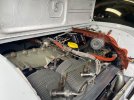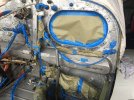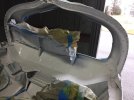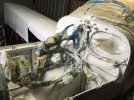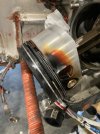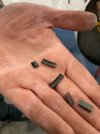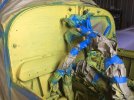ArrowFlyer86
Pattern Altitude
- Joined
- Jul 17, 2019
- Messages
- 1,553
- Location
- Chicago suburbs
- Display Name
Display name:
The Little Arrow That Could
I'm seeing more planes over the last 6-12 months that are putting top overhaul times down in lieu of a SMOH. Sometimes they're upfront about it, other times they'll kind of bury it in the details of the description.
My question:
As a buyer, how much faith do you put in these TOH in terms of extending engine longevity? Do you give sellers any "credit" so-to-speak for having had one done?
I've always kind of thought of it as more of a red flag, but I'd like to get more informed takes.
Edit: same for IRAN work on the engine.
My question:
As a buyer, how much faith do you put in these TOH in terms of extending engine longevity? Do you give sellers any "credit" so-to-speak for having had one done?
I've always kind of thought of it as more of a red flag, but I'd like to get more informed takes.
Edit: same for IRAN work on the engine.

